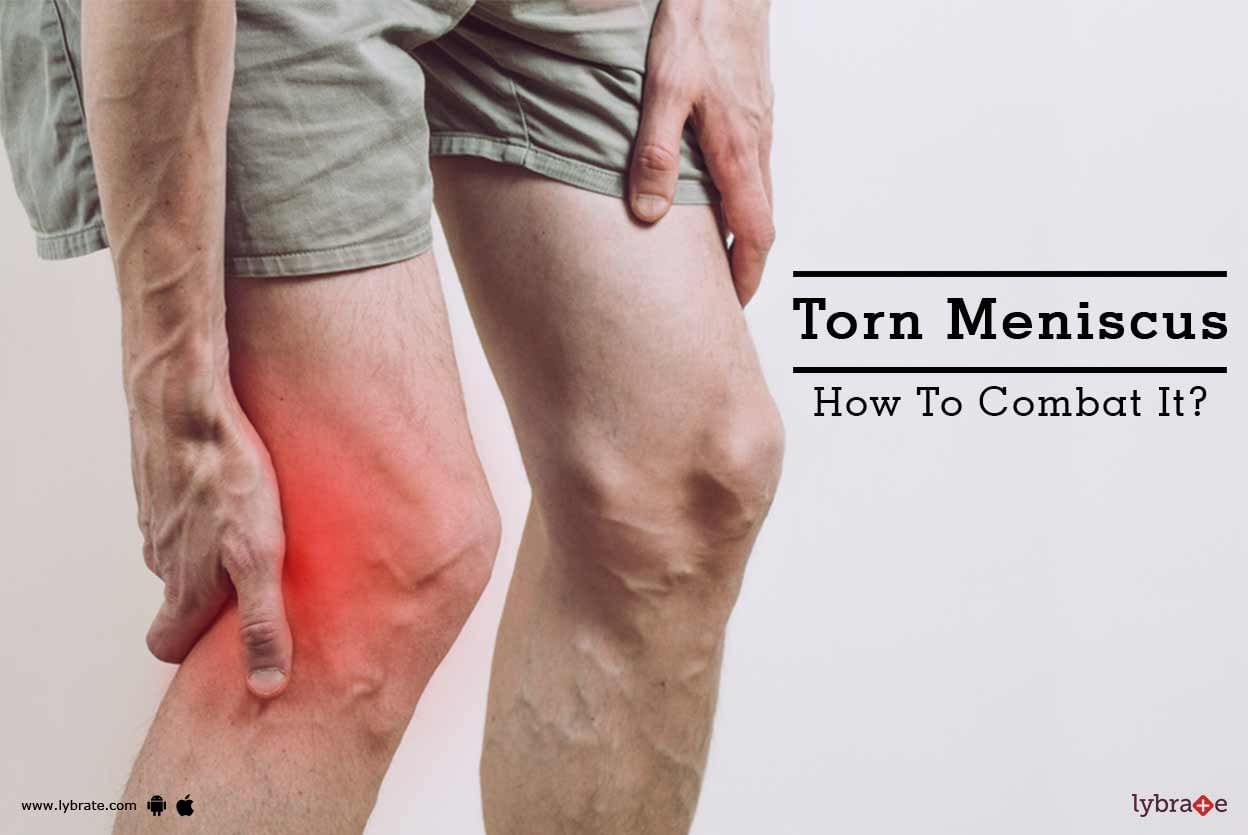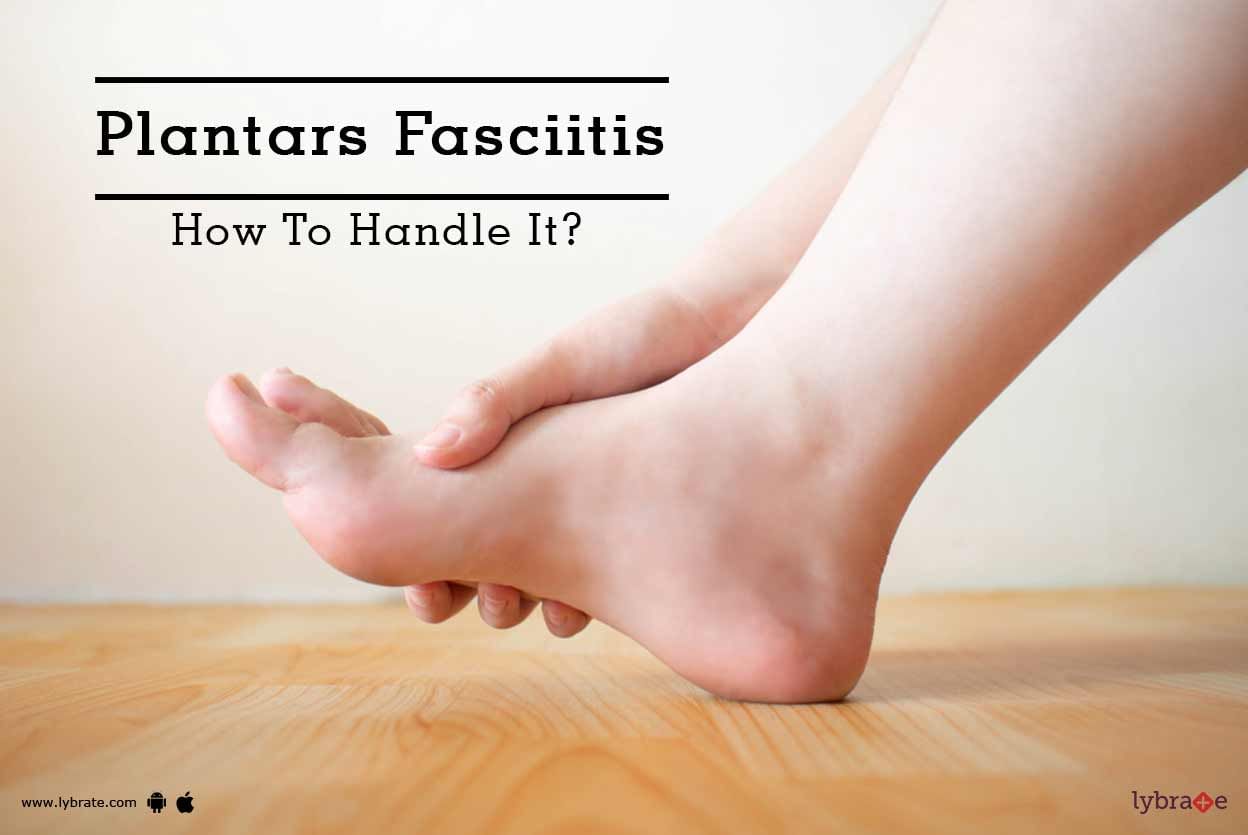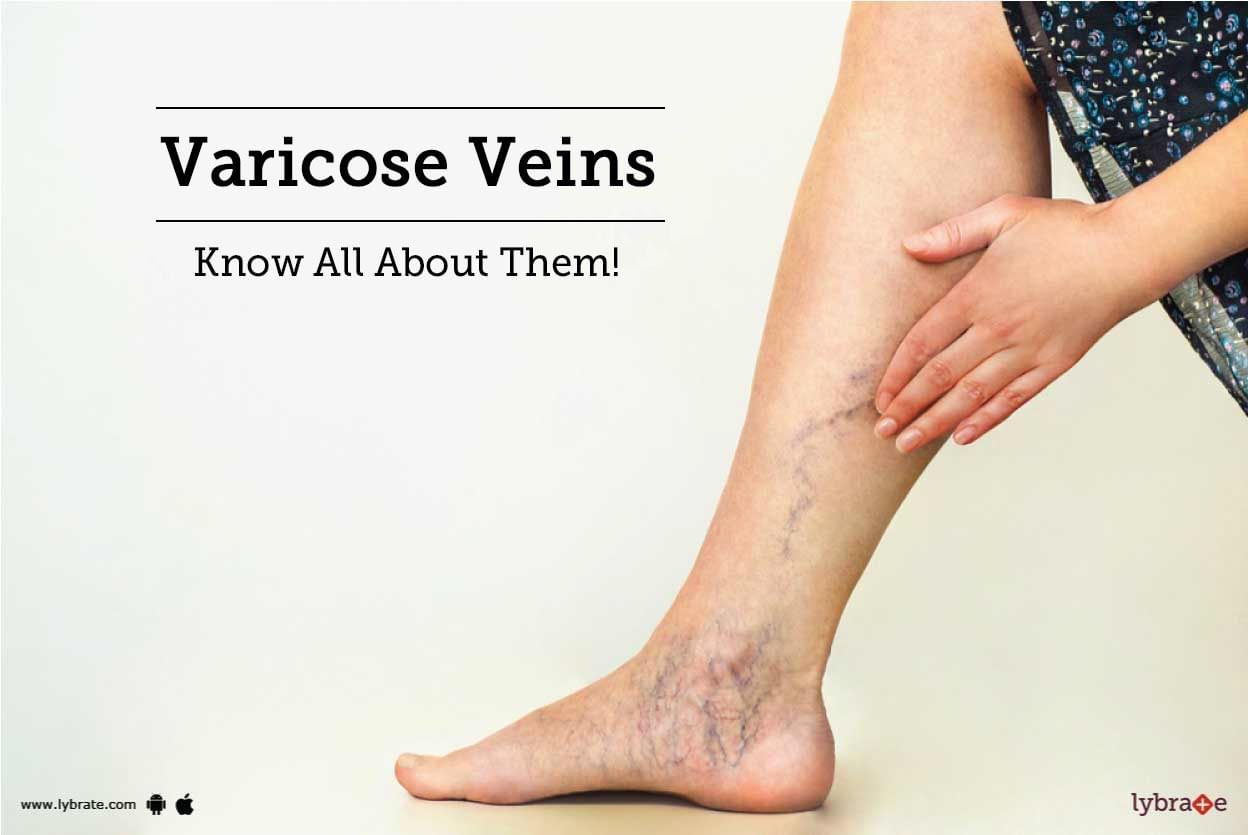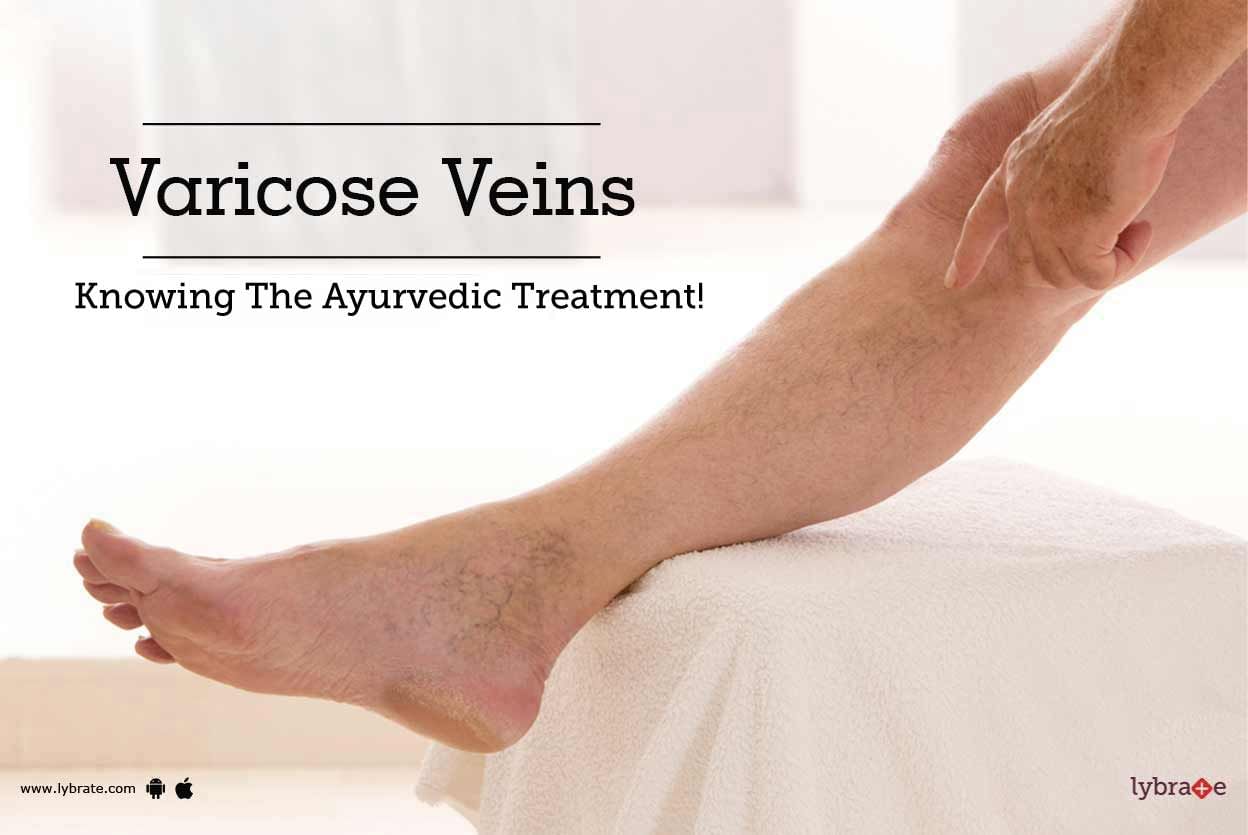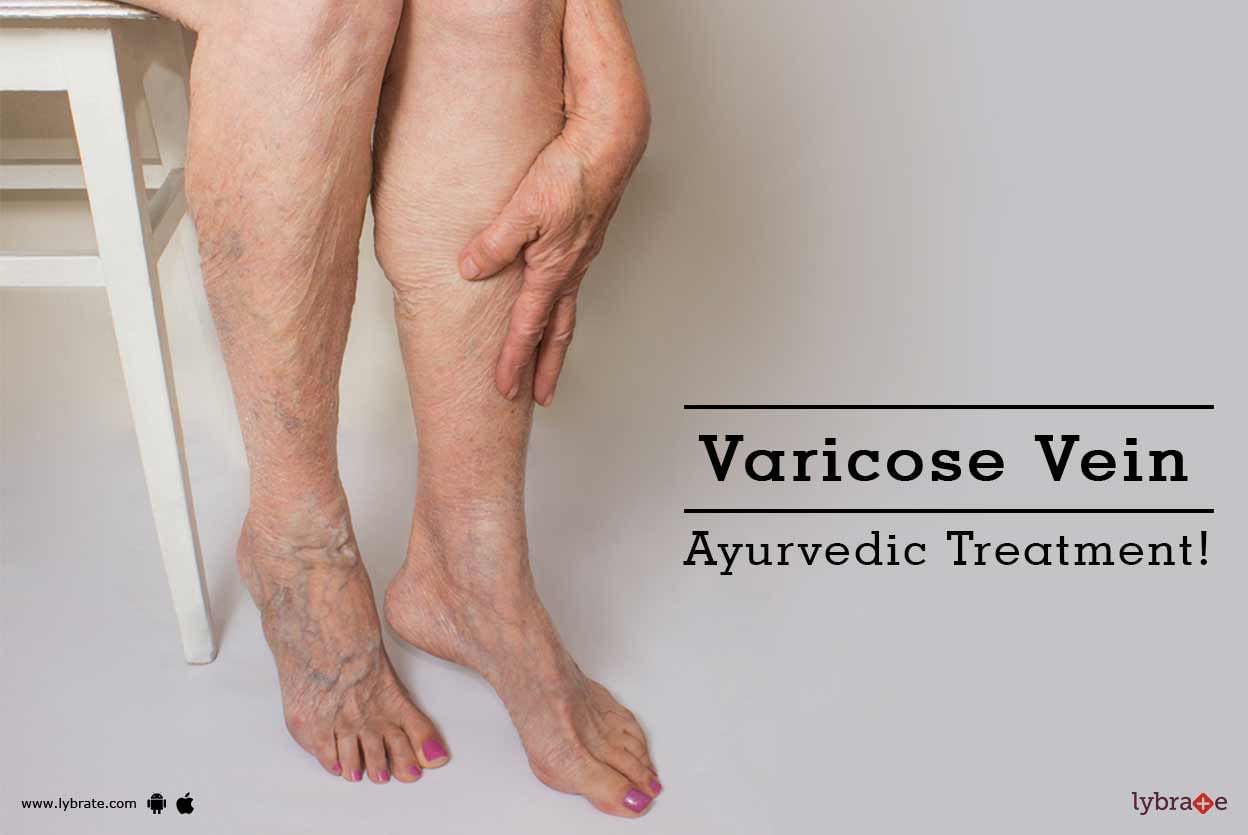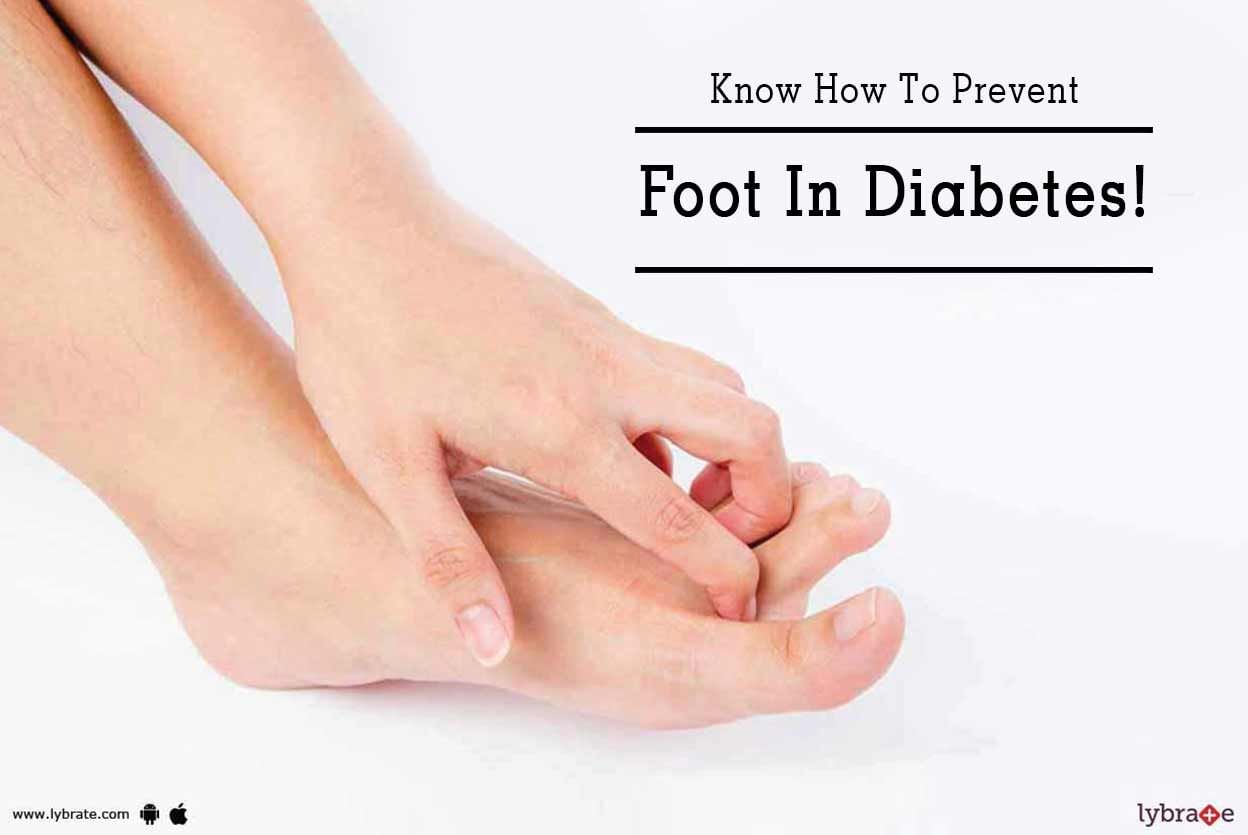Get the App
For Doctors
Login/Sign-up
Health Feed
Find Doctors
Health Packages
AllQ&AsTipsQuizzes
Big Toe Tips
Last Updated: 5 years ago• Featured Tip
Share
Bookmark
Report
Your knees are one of the most vulnerable parts of your bodies. In the case of strenuous or rigorous activities, knees are more prone to damage and injury than the other parts. Several of the knee tissues are fairly delicate and often are easily impaired. Among the other knee tissue injuries, meniscus tears are perhaps the most frequent. Meniscus is essentially cartilage that protects and stabilizes the knee joints. However, an untoward twist or a strain can lead to a tear in the meniscus. Menis...more
Last Updated: 6 years ago• Featured Tip
Share
Bookmark
Report
Plantar Fasciitis is an orthopaedic problem that gives rise to pain in the foot and heel due to strain or pressure on the plantar fascia. This is a ligament or connective tissue which lies in a flat band, connecting your heel with the toes and effectively, providing a basis for the motion of the feet in general. Inflammation, swelling and bruising of this tissue or ligament can lead to excessive pain in the heel. Let us look at ways that can help you deal with this pain.
-Rest: Taking r...more
-Rest: Taking r...more
Last Updated: 6 years ago• Featured Tip
Share
Bookmark
Report
Plantar fasciitis or foot arch pain is the most widely recognised form of foot ache. The plantar fascia is a belt of the tissue (tendon) that connects your heel to your toes. It supports your foot arch. If you strain your plantar belt, it gets weak, swollen, and inflamed. At that point, your heel or the base of your foot hurts when you stand or walk.
Plantar fasciitis is very common in moderately aged individuals. It also affects young individuals who are on their feet a great deal, lik...more
Plantar fasciitis is very common in moderately aged individuals. It also affects young individuals who are on their feet a great deal, lik...more
Last Updated: 6 years ago• Featured Tip
Share
Bookmark
Report
Varicose veins are abnormal veins that usually appear as bulging, twisting, rope-like cords in the lower extremity. It is a very common condition, nearly affecting 25% of men and 40% women. Varicose veins occur when the valves in the veins do not properly function. As a result, blood cannot flow effectively.
Risk Factors
A number of factors can put you at risk of developing varicose veins. These may include
Heredity
Gender
Pregnancy
Age
Prol...more
Risk Factors
A number of factors can put you at risk of developing varicose veins. These may include
Heredity
Gender
Pregnancy
Age
Prol...more
Last Updated: 6 years ago• Featured Tip
Share
Bookmark
Report
Varicose veins are known to be a very common problem, which result in the inflammation of veins in the body. Veins are the blood vessels, which are responsible for the transfer of deoxygenated blood from the different parts of the body to the heart. Because the blood does not contain oxygen, it has a bluish tinge. As a result varicose veins are most likely to appear bluish when swollen.
This condition is quite common in old people and some are even likely to develop slight ulcers ...more
This condition is quite common in old people and some are even likely to develop slight ulcers ...more
Last Updated: 6 years ago• Featured Tip
Share
Bookmark
Report
Plantars Fasciitis is an orthopaedic problem that gives rise to pain in the foot and heel due to strain or pressure on the plantar fascia. This is a ligament or connective tissue which lies in a flat band, connecting your heel with the toes and effectively, providing a basis for motion of the feet in general. Inflammation, swelling and bruising of this tissue or ligament can lead to excessive pain in the heel. Let us look at ways that can help you deal with this pain.
-Rest: Taking rest...more
-Rest: Taking rest...more
Last Updated: 6 years ago• Featured Tip
Share
Bookmark
Report
Varicose Veins is a severe medical condition whereby the veins (mostly legs) become swollen, tortuous and dilated, i.e. the veins become varicosed. The Venous blood flows in an upward direction from the feet to the heart. There are special valves present in the veins that assist the upward flow of the blood.
Fatigue, prolonged standing, menopause and a number of other factors can weaken the valves. This affects the movement of the blood flow. As a result, some of it leaks and flows bac...more
Fatigue, prolonged standing, menopause and a number of other factors can weaken the valves. This affects the movement of the blood flow. As a result, some of it leaks and flows bac...more
Last Updated: 6 years ago• Featured Tip
Share
Bookmark
Report
Varicose Veins is a severe medical condition whereby the veins (mostly legs) become swollen, tortuous and dilated, i.e. the veins become varicosed. The Venous blood flows in an upward direction from the feet to the heart. There are special valves present in the veins that assist the upward flow of the blood. Fatigue, prolonged standing, menopause and a number of other factors can weaken the valves. This affects the movement of the blood flow. As a result, some of it leaks and flows back down. Th...more
Last Updated: 6 years ago• Featured Tip
Share
Bookmark
Report
MBBS, MS - General Surgery, FRCSED, Surg...read more
Vascular Surgeon•Hyderabad
Varicose veins are a painful swelling of the veins of the legs. The raised veins just under the top layer of the skin appear to be purplish blue. It is a common affliction and affects nearly 25% of the adult population all across the world and 10 million people in India are diagnosed with it every year.
What are varicose veins?
Varicose veins are enlarged veins that typically develop in the legs and the feet. This condition is triggered when there is something wrong with the va...more
What are varicose veins?
Varicose veins are enlarged veins that typically develop in the legs and the feet. This condition is triggered when there is something wrong with the va...more
Last Updated: 6 years ago• Featured Tip
Share
Bookmark
Report
About 7% of the population of the world is suffering from some form of diabetes and the number is set to rise by a significant margin by 2030. However, what is really disturbing about this figure is that people suffering from diabetes are at a very high risk of necrosis and infection in their feet. This infection can lead to amputation of the foot. The International Diabetes Federation has observed that people suffering from diabetes are 25 times susceptible to the feet problems like infection a...more
Book appointment with top doctors for Big Toe treatment
View fees, clinic timings and reviews
Ask a free question
Get FREE multiple opinions from Doctors
posted anonymously


